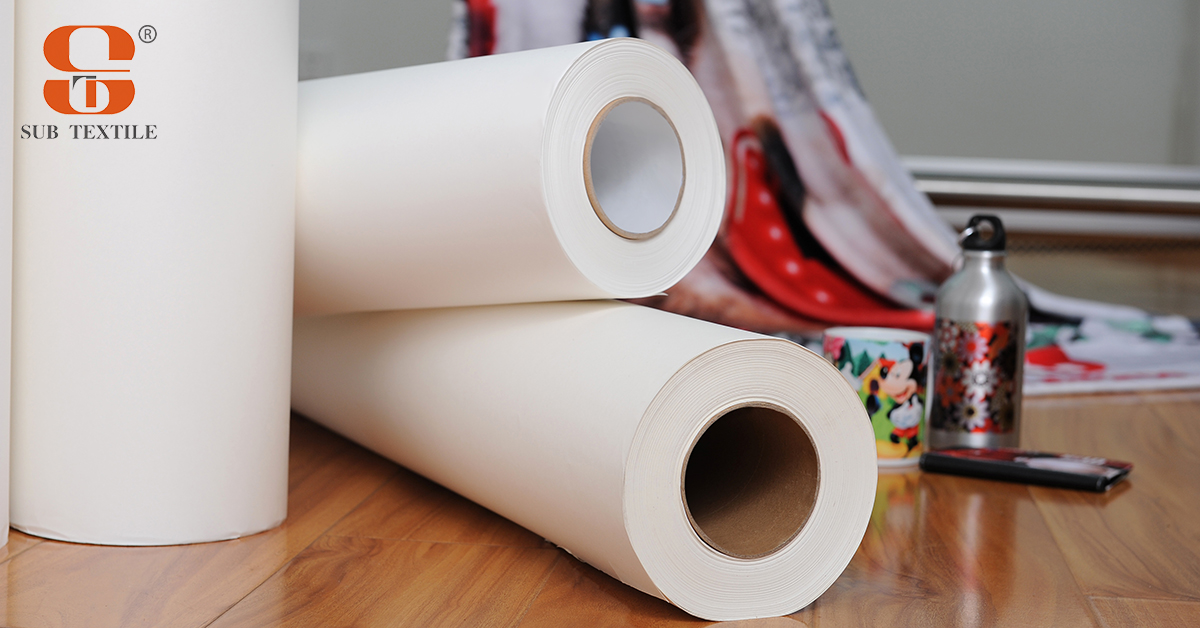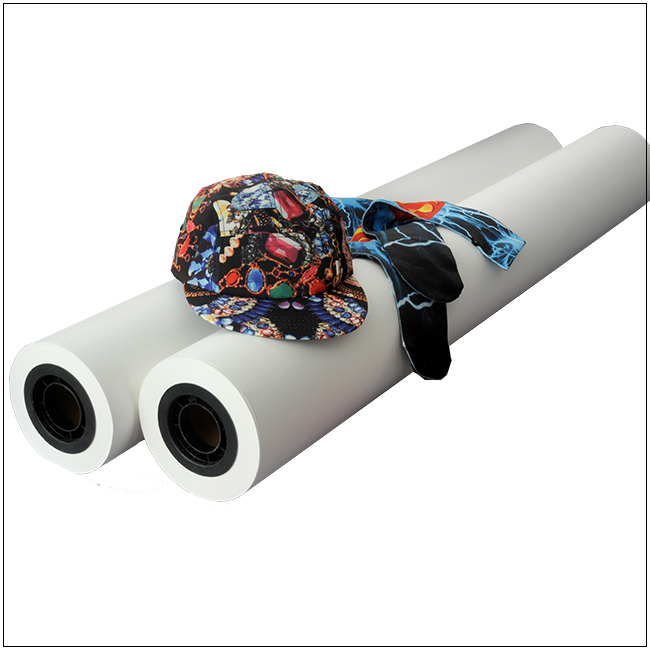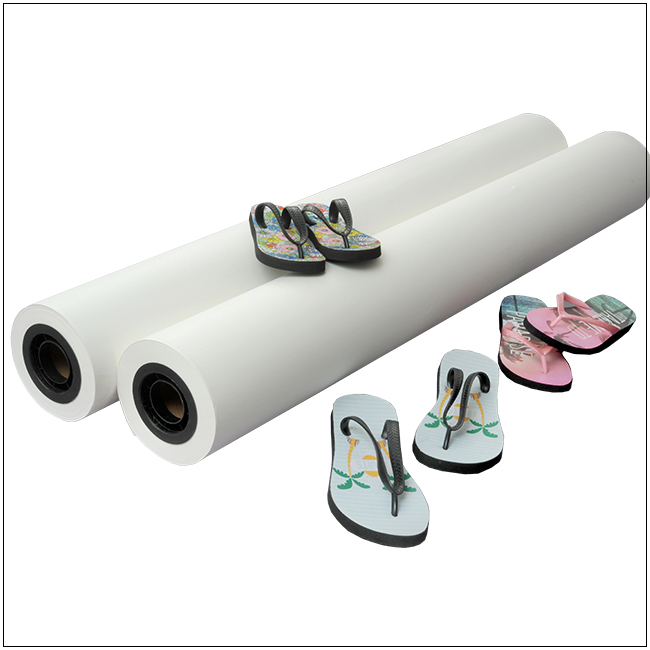 Heat sublimation transfer paper is widely used in clothing, t-shirts, sportswear, culture shirts, advertising shirts, jerseys, sportswear, factory uniforms, school uniforms, ribbon, swimwear, handbags, shoes and hats, socks, gloves, luggage and other surface pattern processing items. The pattern achieved by sublimation paper is soft to touch with vivid color. In the following paragraphs, we are going to share with you some important tips on how to distinguish sublimation paper.
Heat sublimation transfer paper is widely used in clothing, t-shirts, sportswear, culture shirts, advertising shirts, jerseys, sportswear, factory uniforms, school uniforms, ribbon, swimwear, handbags, shoes and hats, socks, gloves, luggage and other surface pattern processing items. The pattern achieved by sublimation paper is soft to touch with vivid color. In the following paragraphs, we are going to share with you some important tips on how to distinguish sublimation paper.
1. Transfer Rate
Transfer rate is a basic performance of transfer sublimation paper, the good transfer rate will make a more colorful pattern, and save ink.
2. Ink Compatibility
A good sublimation transfer paper can adapt to a variety of transfer ink so that the transfer paper coating can have good solubility of various sublimation ink, the ink pattern on the paper can have fine expression, and no ink penetrating the coating to cause low transfer rate.
3. Drying Rate
Fast-drying speed undoubtedly makes users easy to use, can facilitate continuous printing and improve delivery speed. Common drying rates are: 3 minutes, 6 minutes, 7 minutes, 11 minutes, 19 minutes
4. Degree of warpage and warping time.
Transfer sublimation paper is a coated paper, its coating layer and backing paper in dry and high-temperature expansion rate inconsistent will cause one-sided warpage and many other operation Inconvenience. High-Quality transfer paper warpage angle is small, warpage slow can nicely fit the printing transfer process.
5. Print wrinkled spray heads
Ink-jet transfer paper requires the paper surface wrinkle as small as possible, serious wrinkle paper is likely to harm the print head, especially those very rough paper damage printer head worse. Transfer paper coating formula is nano-material, to ensure that the transfer paper surface smoothness in 3 seconds or 3s+ to avoid damaging the nozzle.
6. Paper Blotch
Transfer Printing paper surface spots (impurities) is an important indicator of transfer paper, these spots may be produced in the original paper, may also be produced in the coating or production process, those spots do great harm to large areas of solid color printing but have little effect on fancy printing.
7. Quality Stability
The stability of quality is an important indicator of ease of use. The surface quality of the transfer paper is closely related to the ink of the user, the setting of printing data. Once the quality of paper changed, all have to be changed accordingly, for example, the original color calibration needs to be redone, the original printing samples that have been provided to the customer can not be reproduced and can only be redone, etc. So as the final users, they do need "quality stability", and sublimation paper enterprises must pay attention to this because only the quality of stability wins a batch of your loyal customers.
Hot sublimation paper in the market
Subtextile Co. Ltd
Add: East Street No.7-2, Waisha Village, Baguazhou, Qixia District, Nanjing City, Jiangsu Province, China
P.C:213000
Export office:
699-18, Xuanwu Blvd, Nanjing City, Jiangsu, China
P.C:213000
Tel:+86 025 85416407 (GLOBAL)
Fax:+86 025 85416407 (GLOBAL)
Cell:+86 17798509616
WhatsApp: 0086 17798509616
E-mail:[email protected]











 Choose sublimation paper? Focus on quality over price
Choose sublimation paper? Focus on quality over price
 7 Factors To Consider Before Choosing A Digital Textile Printer
7 Factors To Consider Before Choosing A Digital Textile Printer
 2024 Apparel Decoration Industry Trends
2024 Apparel Decoration Industry Trends
 What are the features of digital textile printing equipment
What are the features of digital textile printing equipment